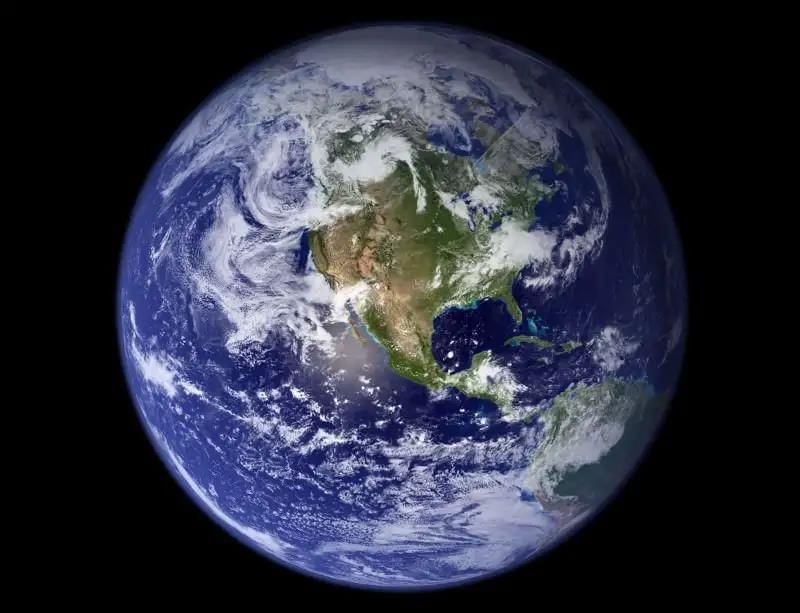Very Short Answer Questions: Our Home: Earth, a Unique Life Sustaining Planet | Science Class 8 PDF Download
Q1. Which planet is known as the only one in the universe that supports life as we know it?
Earth is the only known planet that supports life as we know it.
Q2. What layer of Earth do all living things exist on?
All living things exist on the Earth’s crust.
Q3. Which Indian organisation built the Earth Observation Satellite that captured the image in the chapter?
ISRO built the Earth Observation Satellite.
Q4. What type of image was created by combining nearly 3,000 smaller images of Earth?
A false colour image was created.
Q5. Name the four layers found beneath the Earth’s crust.
They are the upper mantle, lower mantle, outer core, and inner core.
Q6. Which planets in our solar system are rocky planets?
Mercury, Venus, Earth, and Mars are rocky planets.
Q7. Why is Venus hotter than Mercury?
Venus is hotter due to its thick carbon dioxide atmosphere causing a strong greenhouse effect.
Q8. What is the term for the distance range from a star where liquid water can exist?
It is called the habitable zone or Goldilocks zone.
Q9. Why is Earth called the "Blue Planet"?
Earth is called the Blue Planet because over 70% of its surface is covered with water.
 Blue Planet Earth
Blue Planet Earth
Q10. What shape is Earth’s orbit around the Sun?
Earth’s orbit is nearly circular.
Q11. What does the ozone layer protect us from?
The ozone layer protects us from harmful ultraviolet rays from the Sun.
Q12. What creates Earth’s magnetic field?
The movement of molten iron in Earth’s core creates its magnetic field.
Q13. Which harmful particles from space does Earth’s magnetic field repel?
It repels cosmic rays and solar wind particles.
Q14. What is the blanket of air surrounding Earth called?
The blanket of air surrounding Earth is called the atmosphere.
Q15. What percentage of Earth’s surface is covered by water?
About 70% of Earth’s surface is covered by water.
Q16. What term is used for all water on Earth, including oceans, rivers, lakes, and groundwater?
This is called the hydrosphere.
Q17. Name two essential nutrients found in soil that plants need to grow.
Nitrogen and potassium are essential nutrients found in soil.
Q18. What is the zone on Earth where all life exists called?
It is called the biosphere.
Q19. Which process in plants uses sunlight, water, and carbon dioxide to make food?
Photosynthesis is the process.
Q20. What ensures the continuation of life by producing new individuals?
Reproduction ensures the continuation of life.
Q21. In asexual reproduction, are offspring identical to the parent or different?
In asexual reproduction, offspring are identical to the parent.
Q22. What is the fusion of male and female gametes called?
The fusion of gametes is called fertilisation.
Q23. In which type of animals does fertilisation happen inside the female’s body?
It happens in birds and mammals.
Q24. Name one global treaty that helped the ozone layer recover.
The Montreal Protocol helped the ozone layer recover.
Q25. What is the main goal of the Paris Agreement on climate change?
Its main goal is to keep global warming below 1.5°C.
|
136 videos|530 docs|57 tests
|
FAQs on Very Short Answer Questions: Our Home: Earth, a Unique Life Sustaining Planet - Science Class 8
| 1. What makes Earth unique among other planets in the solar system? |  |
| 2. What are the key factors that contribute to the sustainability of life on Earth? |  |
| 3. How does Earth's atmosphere support life? |  |
| 4. Why is water considered essential for life on Earth? |  |
| 5. What role do ecosystems play in sustaining life on Earth? |  |
















